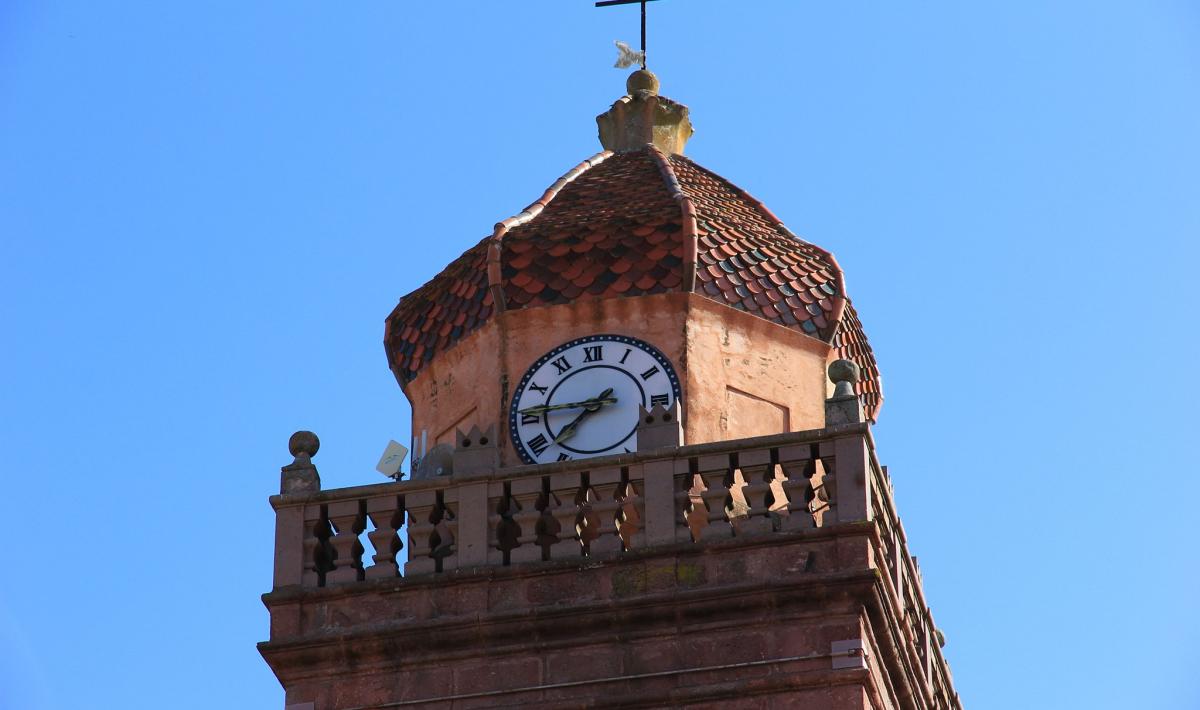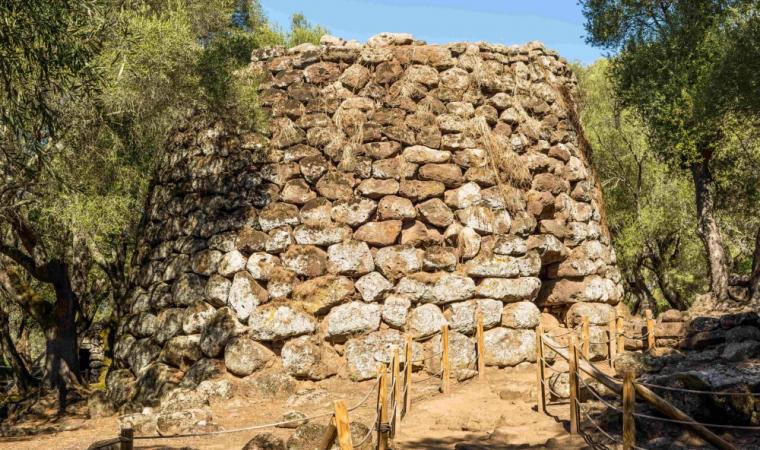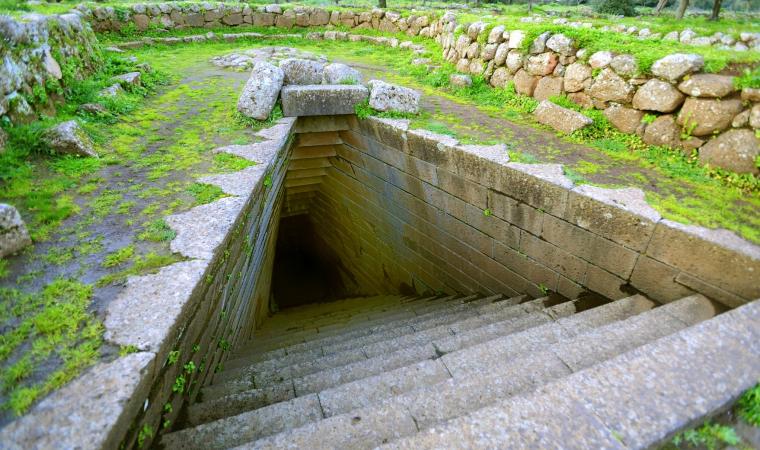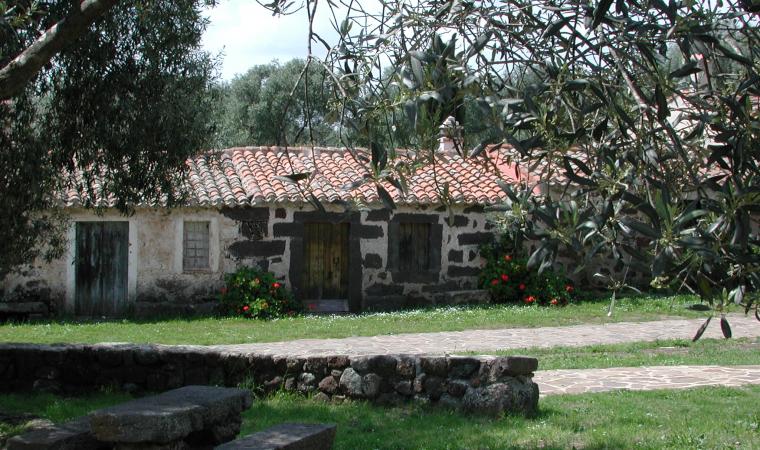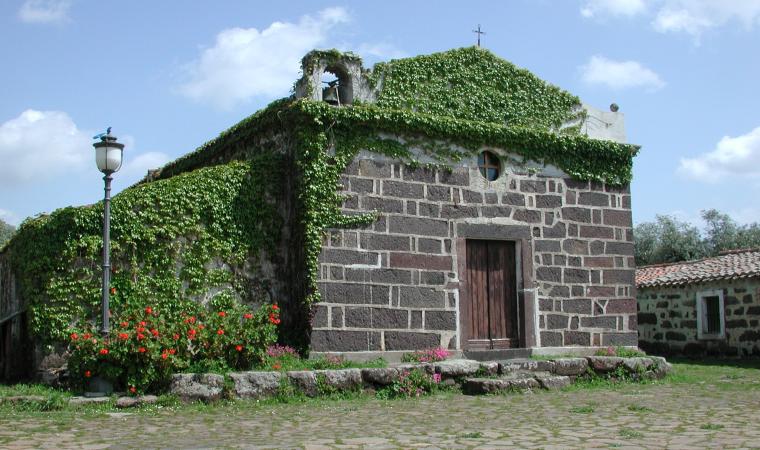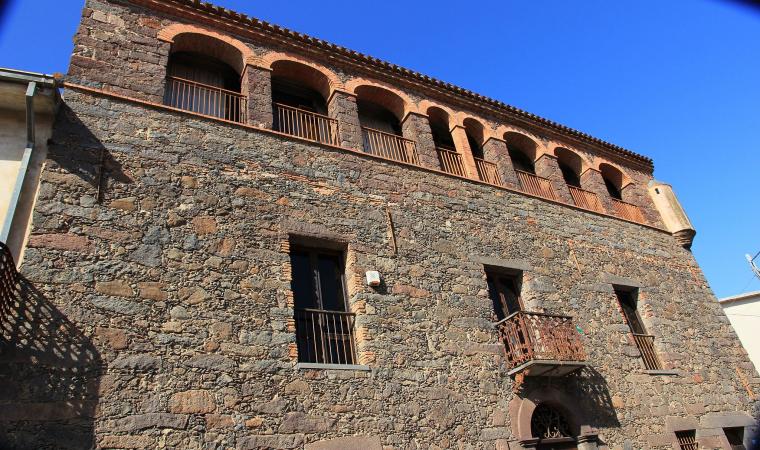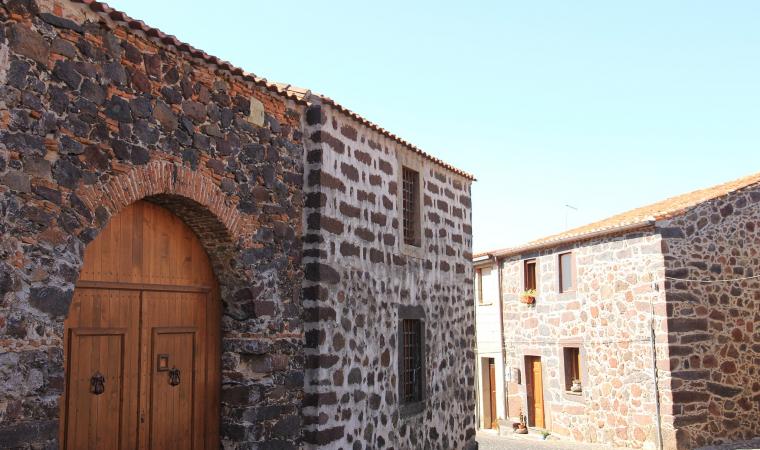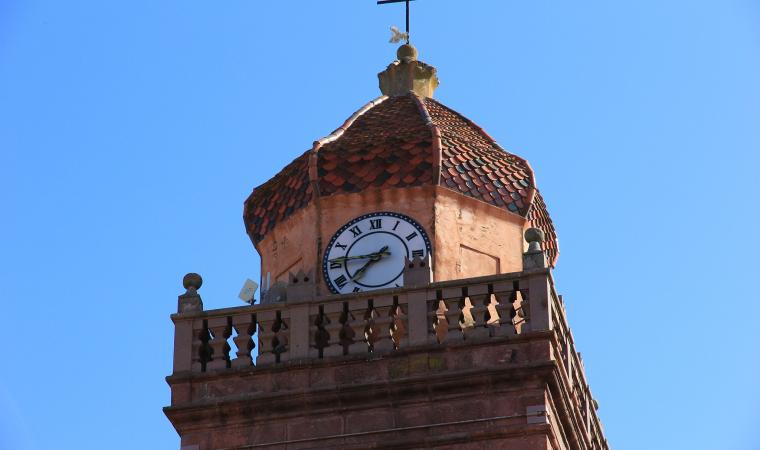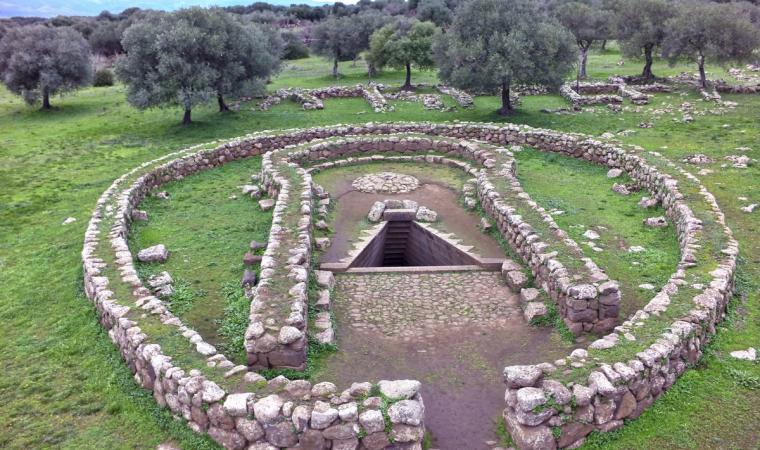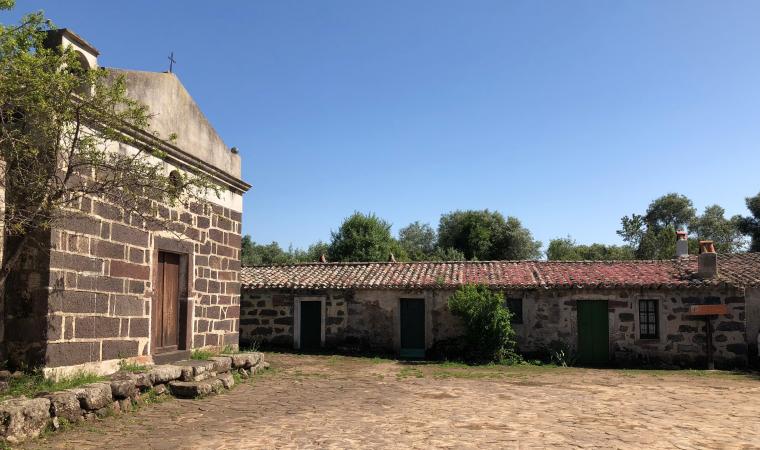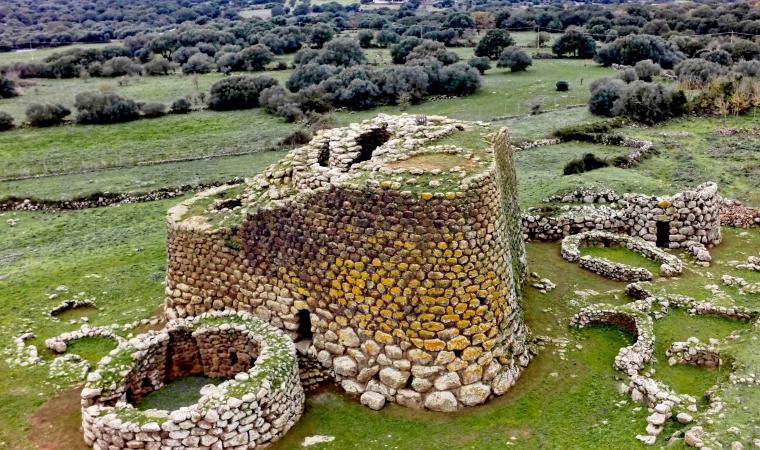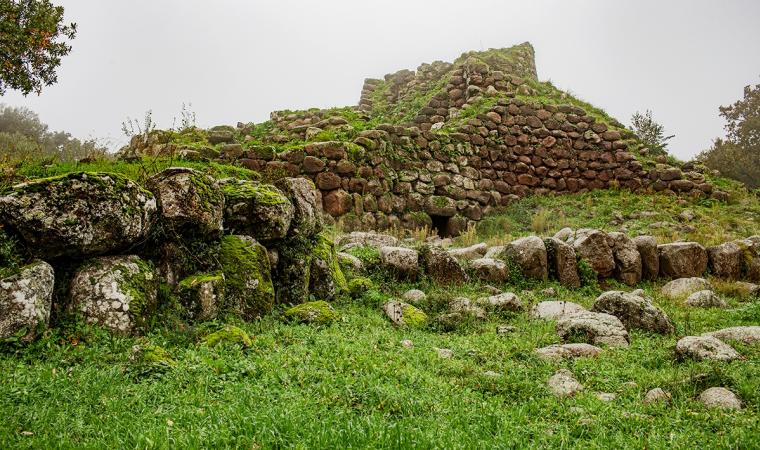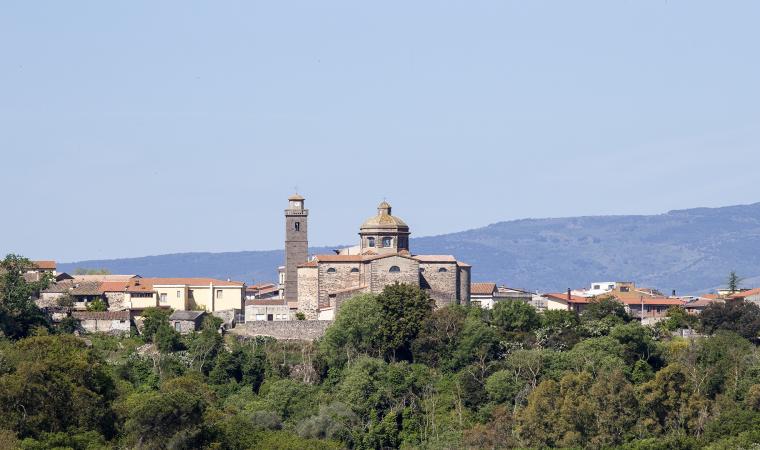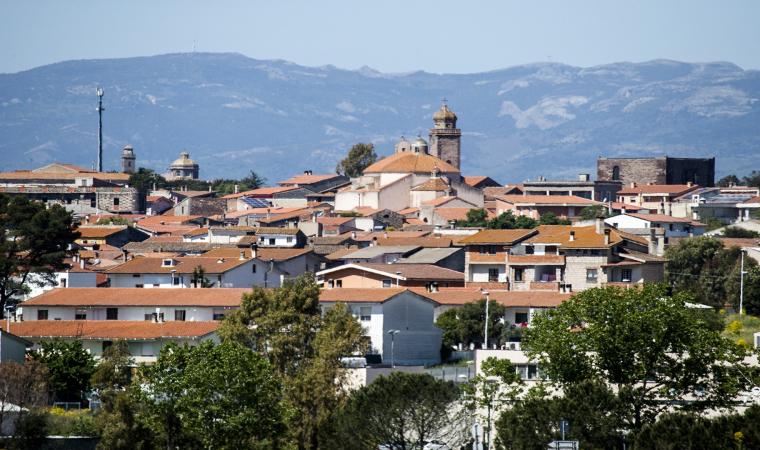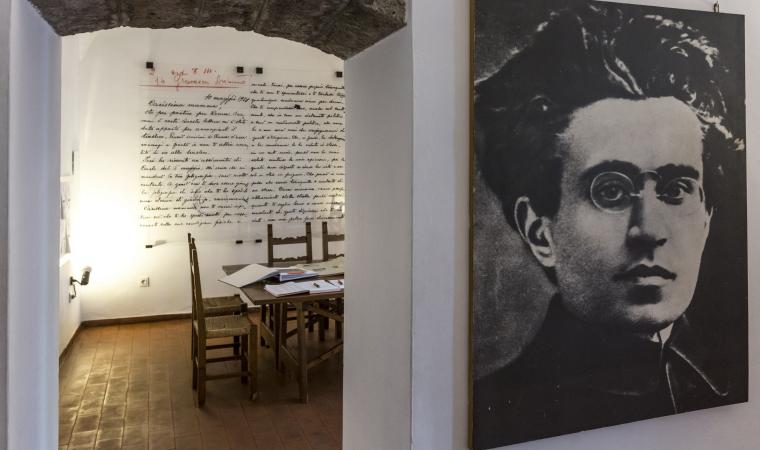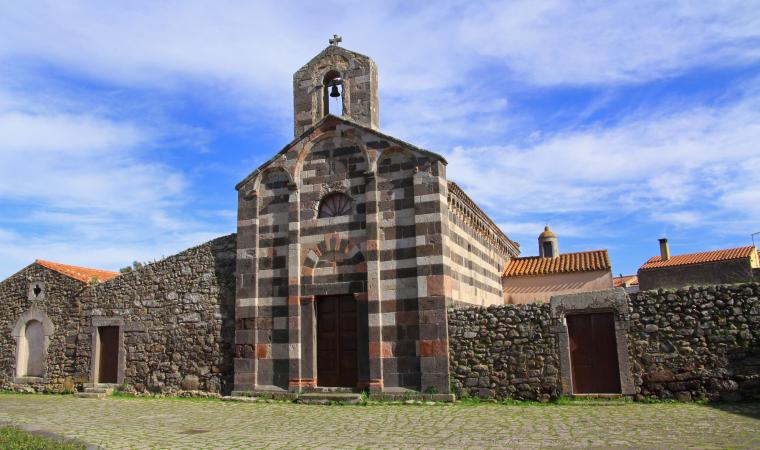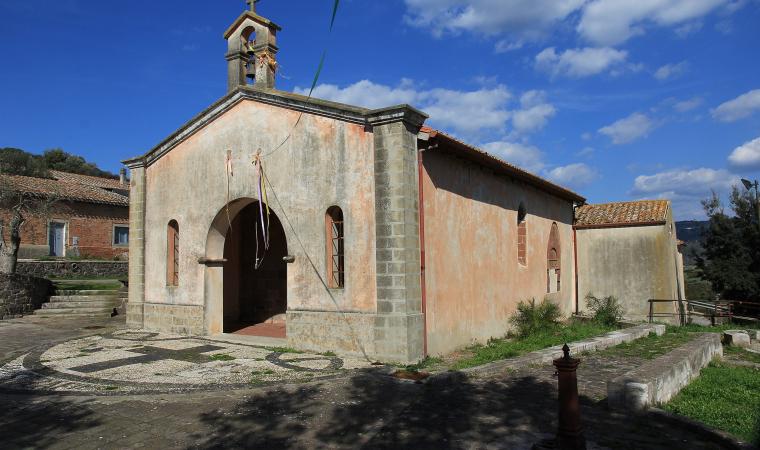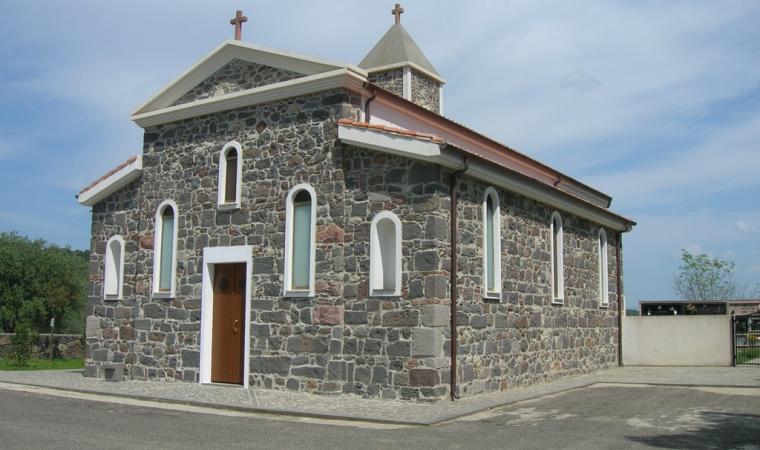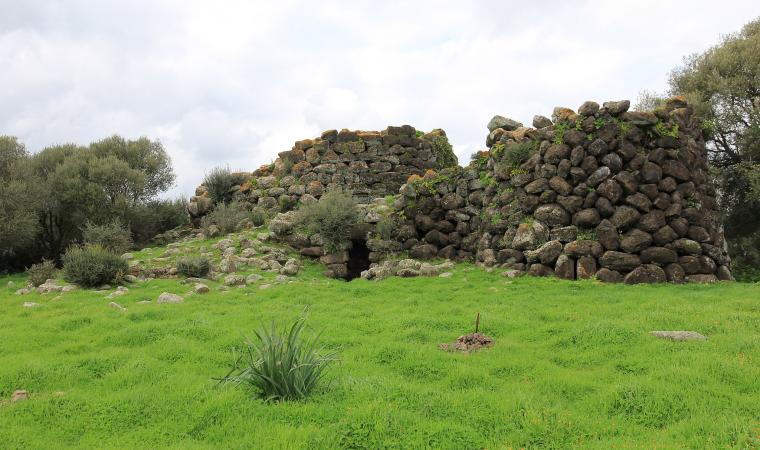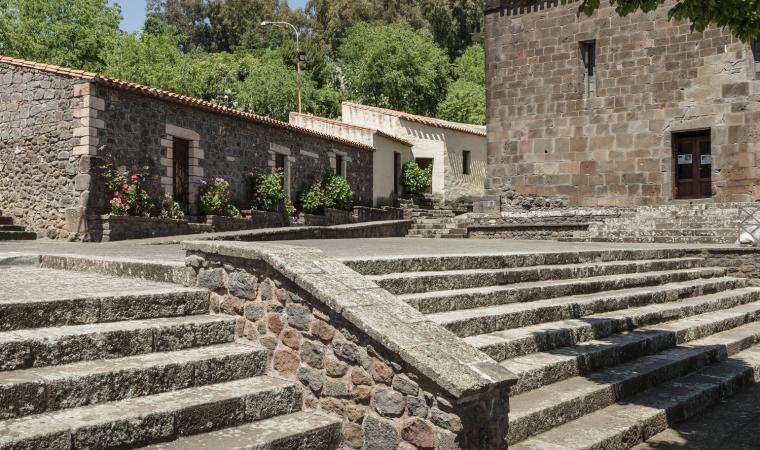Surrounded by cork oaks, Mediterranean shrubs, olive groves and vineyards, and irrigated by springs, it sits in the south of the basaltic plateau of Abbasanta. Paulilatino, the biggest town of Guilcer in the Medieval period, has 2300 inhabitants, offers uncontaminated scenery and is famous for its prehistoric sites: Domus de Janas, dolmen, menhir and as many as 110 Nuragic sites. The most important of these is the Temple of Santa Cristiana (12-8th century BC), the best preserved and fascinating example of Nuragic holy architecture. It stands in a park with hundred-year-old olive trees that takes its name from the 11th century country Church of Santa Cristina. The Well Temple, surrounded by a fence shaped like a lock, has a vestibule and staircase covered by architraves and a chamber with a tholos vault. Water enters the pool through a year-round spring. Outside the fence, there is a meeting shed and a dozen or so other buildings, possibly housing for priests and market stalls. Two hundred metres away, stands the Santa Cristina Nuraghe, six meters high and thirteen wide. Sheds occupied from Nuragic age to the Medieval lean against the structure. Other must-see nuraghes include Battizzonis with a keep, bastion and three towers, and Lugherras. Built between the middle and the end of the Bronze age, it has a central tower surrounded by a three-lobed bastion, which is surrounded in its turn by an external wall with four towers. Nearby, there is a Giant’s Tomb with rare four-cornered stele. During the Punic-Roman period, a temple dedicated to Demeter and Kore was built on the summit of the nuraghe. Excavations brought to light various votive oil lamps (lugherras), for which the site was named. The most important Giant’s Tombs are those of Goronna. One of these, at 25 metres long, is among the biggest of the island. The “block-type” Mura Cuada Tomb is also interesting.
Paulilatino’s main income is from shepherding, which produces excellent cheeses: caciotta, sweet paulese and musinau (a type of sheep milk cheese). Ancient knowledge possessed by the locals is related to weaving and bread baking, for normal days (su coccoi de tzicchi) and for the holidays (su lazzaru). You can learn about local traditions at the Ethnographic Museum hosted at the Atzori mansion: the life of a community of shepherds and farmers is portrayed through old furniture and work tools. During the Roman era, to which the tombs of Muriscoa and the ruins of Putzu ‘e Turru have been attributed, the village was called Paulis Lactea. The name derives from a nearby bog, drained in 1827, which in the spring formed a milky film, latina in Lugodorese. Low, black basalt houses with ‘Aragonian’ doorways and wrought iron balconies, give the town a fairy-tale feel. The main square is called Su Pangulieri, meaning market stalls or the place were outlaws were punished. Here stands Su Cantaru Mannu, a large fountain fed by the Sa Bubulica spring. Many other springs powered mills until mid-20th century. In the town centre stands the 16th century Parish of San Teodoro built in the Catalan Gothic style with a façade embellished by a rose window and a bell tower with an onion dome. Other religious buildings include the 17th century churches of Anime and of Santa Maria Maddalena, in honour of which the most popular celebration is held in late July, the 16th century cemetery Church of San Sebastiano and the Church of Nostra Signora d’Itria, whose feast day is celebrated after the Pentecost with a procession in traditional dress and sacred songs, is goccius.

